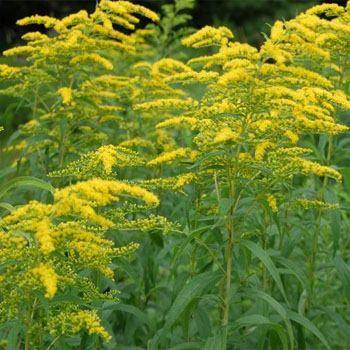


Justin Rhodes 45 minute video tour of wheaton labs basecamp
will be released to subscribers in:
soon!







 2
2




 1
1




"The rule of no realm is mine. But all worthy things that are in peril as the world now stands, these are my care. And for my part, I shall not wholly fail in my task if anything that passes through this night can still grow fairer or bear fruit and flower again in days to come. For I too am a steward. Did you not know?" Gandolf
 3
3








John Master wrote:what do you intend to do with the land? Tillage radish and daikon have some nice deep tap roots.

 1
1




Philip Hyndman wrote:Weeds. they're free and often deep rooted. Weeds are the ultimate cover crop.









we don't have a problem with lack of water we have a problem with mismanagement
beavers the original permies farmers
If there is no one around to smell you ,do you really stink!
 3
3








Patrick Mann wrote:I recently discovered parsnips as a great cover crop. They are really deep rooting - and you can eat them too. But most importantly, they produce a million seeds.




jimmy gallop wrote:Don't know what your plans are but for summer cover crops you can get good coverage with just using scratch grain or bird feed like you get at wall mart probably the cheapest your going to find




john lindsey wrote:what kind of plants do the seed come from?
If you are asking what seeds are in store-bought birdseed - it varies by brand, region, and the birds one wants to attract. It says on the label what is in the particular bag. The birdseed I used for quick cover crop was mostly millet, sunflower, safflower, and a bit of sorghum. You can also add other seeds, like some legumes, to a basic bird seed mix. If I recall, many believe that using 8 to 10 different type of seeds makes the most effective cover crops.




Rue Barbie wrote:
john lindsey wrote:what kind of plants do the seed come from?
If you are asking what seeds are in store-bought birdseed - it varies by brand, region, and the birds one wants to attract. It says on the label what is in the particular bag. The birdseed I used for quick cover crop was mostly millet, sunflower, safflower, and a bit of sorghum. You can also add other seeds, like some legumes, to a basic bird seed mix. If I recall, many believe that using 8 to 10 different type of seeds makes the most effective cover crops.




Live free or die trying.




Thomas warren wrote:Just out of curiosity, what part of PNW are you in?
I'm in Sunnyside, got similar projects with repairing soil with deep roots. Or at least trying.









 1
1





 5
5









Jeremy Mecham wrote:For $50 you could broadcast plant pearl millet very heavily. It puts down very deep roots on minimal water. It's pretty miraculous as far as cover crops go. Along with the roots, you'll get up to 10,000 lbs of biomass that could be mowed and left in place to return nutrients to the ground. Sorghum sudangrass is a pretty similar option that would give similar results, the only difference being the roots won't go nearly as deep if you don't mow it the first time it reaches about waist high.




 so where do I get bulbs? Well the roots could freeze if the ground freezes.
so where do I get bulbs? Well the roots could freeze if the ground freezes.




 4
4




 4
4




john lindsey wrote:
Now half of the soil is gone. but it sounds like what I need for this sandy soil. I wish some one here with knowlage of these grasses would tell me some thing about them.
and where to get bulk seed.
Big blue stem, Sundial, Lupine, Ridged golden rod,
Tall blazing star:

Ridged golden rod:

|
The human mind is a dangerous plaything. This tiny ad is pretty safe:
The new gardening playing cards kickstarter is now live!
https://www.kickstarter.com/projects/paulwheaton/garden-cards
|





